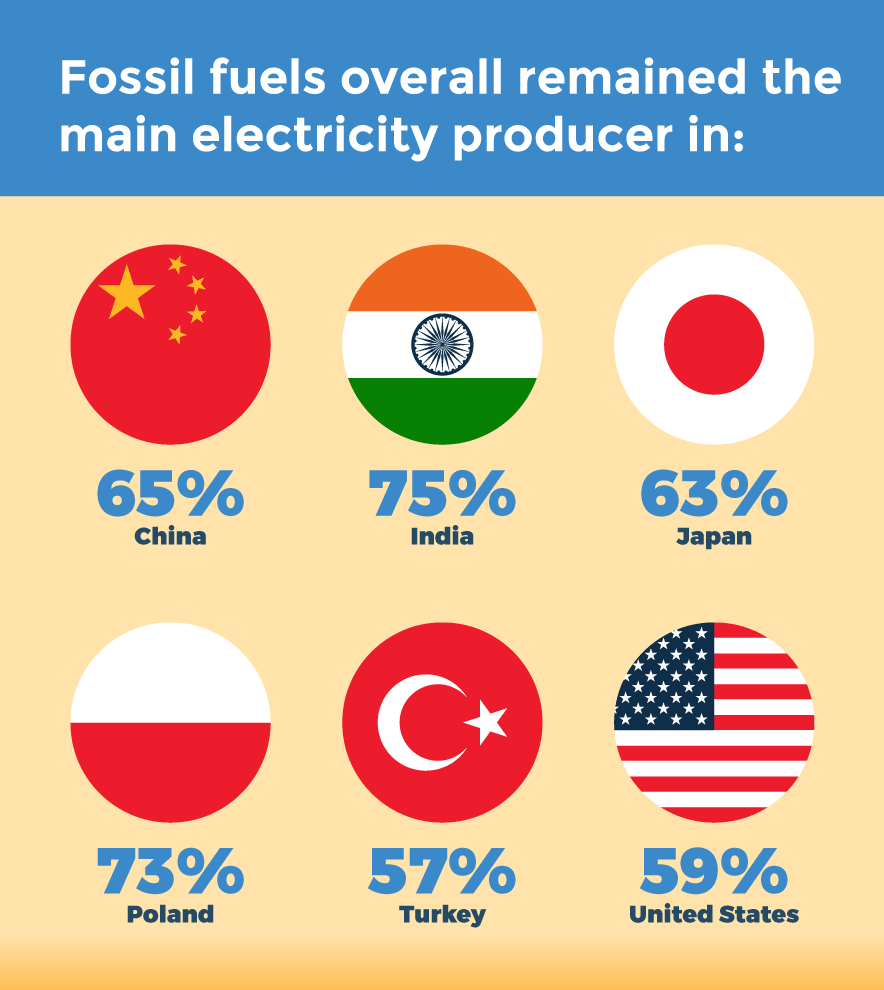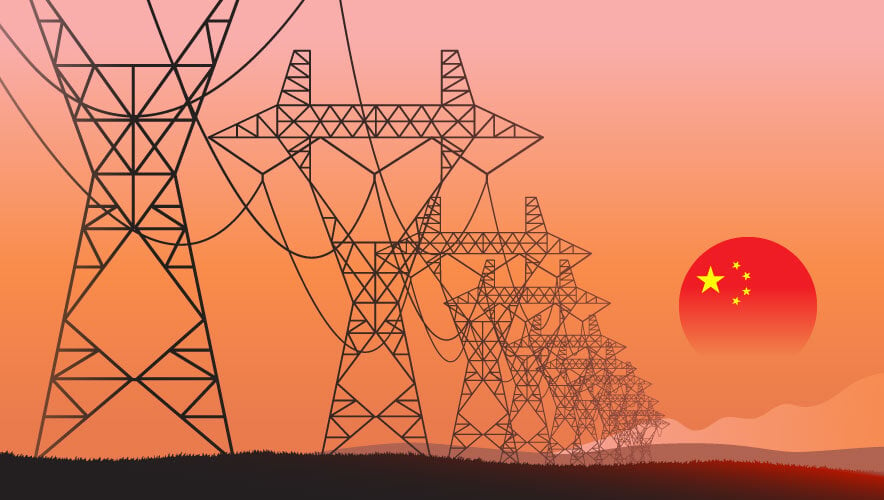What’s a Watt?
Power is measured in watts. But what are they? And why do they matter?
Named for James Watt, the British inventor of an engine that helped power the Industrial Revolution, the watt is the “unit of power in the International System of Units equal to one joule of work performed per second (or 1/746 horsepower),” according to Brittanica.
One billion watts are known as a gigawatt, a term commonly used to measure electricity production.
What Does It Take to Create a Gigawatt of Electricity?
The U.S. Department of Energy provides a helpful comparison:
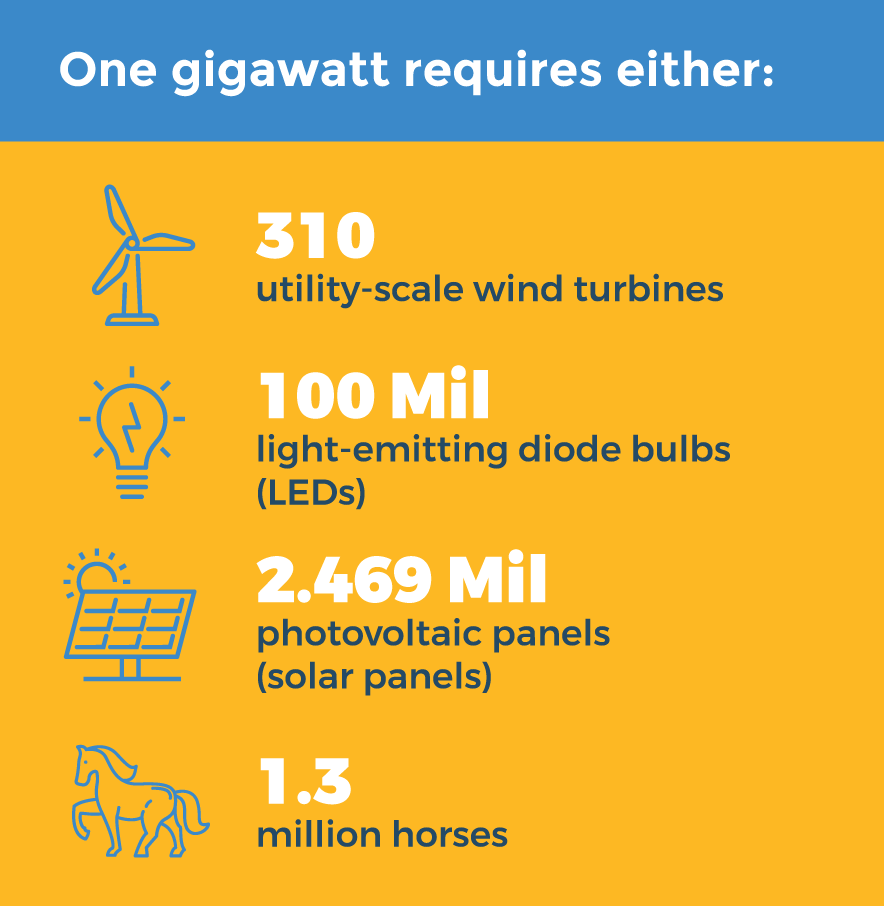
How Many Watts of Electricity Does a Nation Use?
In 2022, the United States consumed roughly 4.07 trillion kilowatt hours of electricity—the highest amount on record and 14 times greater than electricity usage in 1950, the U.S. Energy Information Administration (EIA) found.
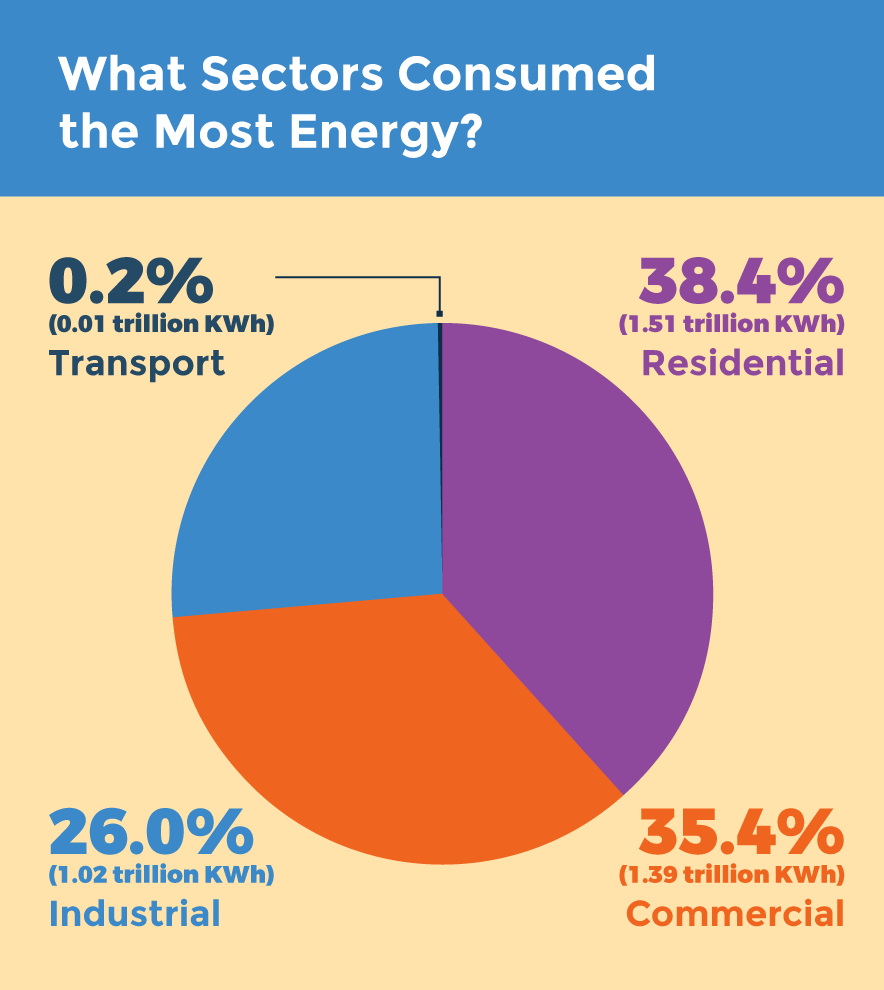
How Was Electricity Produced in 2023?
Most electricity in the world was produced in 2023 using fossil fuels—60 percent—according to a Reuters analysis before the COP28 Climate Conference. The most popular electricity-generating fossil fuel was coal, which was responsible for creating 837.7 terawatt hours of electricity between January and August 2023.
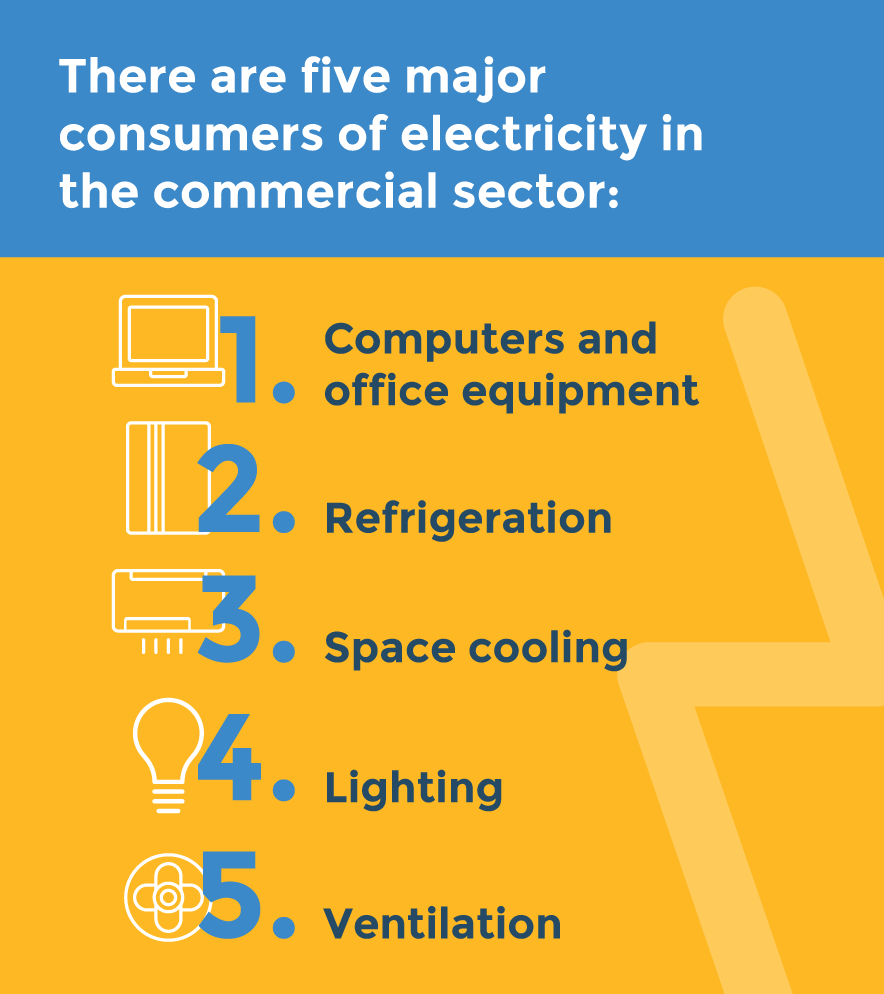
How Many More Gigawatts of Electricity Were Created Using Renewable Energy Sources in 2023?
The world added 507 gigawatts from renewable sources in 2023, nearly 50 percent more than in 2022, according to the Renewables 2023 report by the International Energy Agency (IAE).
China led the way on this front, increasing its solar photovoltaic production by 116 percent and wind production by 66 percent.
During the next five years, the IAE forecasts that through a mixture of low-cost financing and locally manufactured equipment, China will “deploy almost four times more renewable capacity than the European Union and five times more than the United States, which will remain the second- and third-largest growth markets.”
What Renewable Energy Milestones Will the World Meet by 2028?
If the world addresses four challenges to increasing renewable electricity production, the IAE estimates that renewable electricity production will reach 14,430 trillion watt-hours by 2028. It also anticipates that:
- In 2024, hydropower will be surpassed by variable renewable generation.
- In 2025, coal-fired electricity generation will be surpassed by renewables and wind surpasses nuclear electricity generation.
- In 2026, nuclear electricity generation will also be surpassed by solar photovoltaic (PV) panels.
- And in 2028, solar PV will surpass wind electricity generation.
“In 2028, renewable energy sources account for 42 percent of global electricity generation, with the wind and solar PV share making up 25 percent,” according to the IAE. “In 2028, hydropower remains the largest renewable electricity source.”
Additionally, the IAE estimates that by 2028 nearly 70 countries will use renewable sources as their main power generation sources. But this will only account for about 17 percent of global demand for electricity.
“Renewable energy expansion in 2023 was heavily concentrated in just 10 countries, responsible for 80 percent of global annual additions,” according to the IAE. “To achieve a tripling of global renewable capacity, a much faster deployment rate is necessary in numerous other nations.”
Megan Gates is editor-in-chief of Security Technology. Connect with her at [email protected] or on LinkedIn. Follow her on X or Threads: @mgngates.

